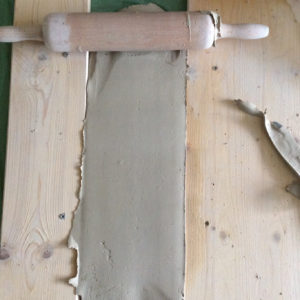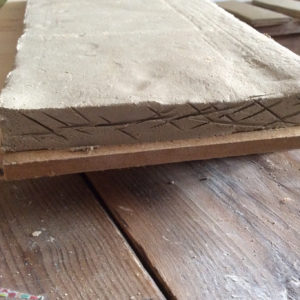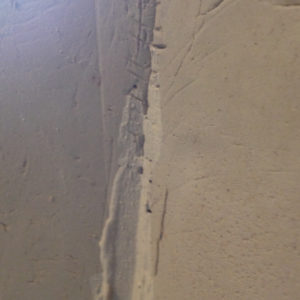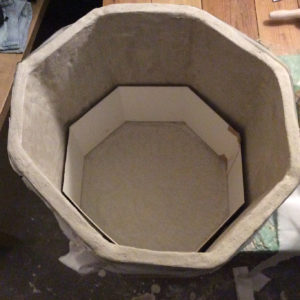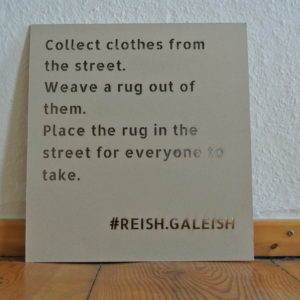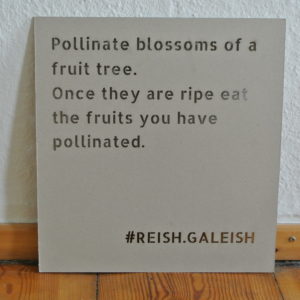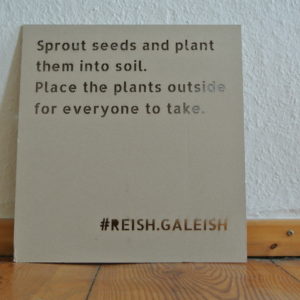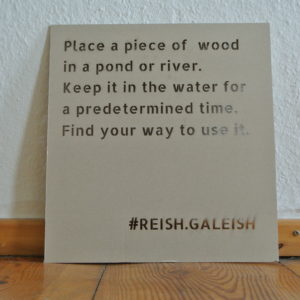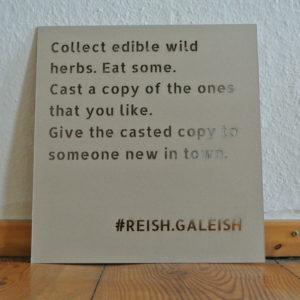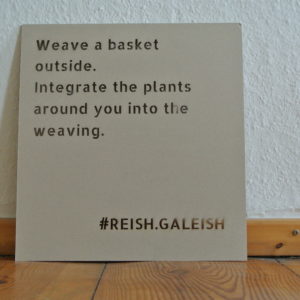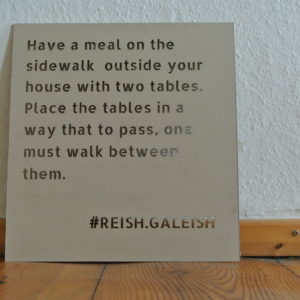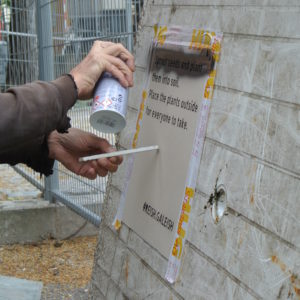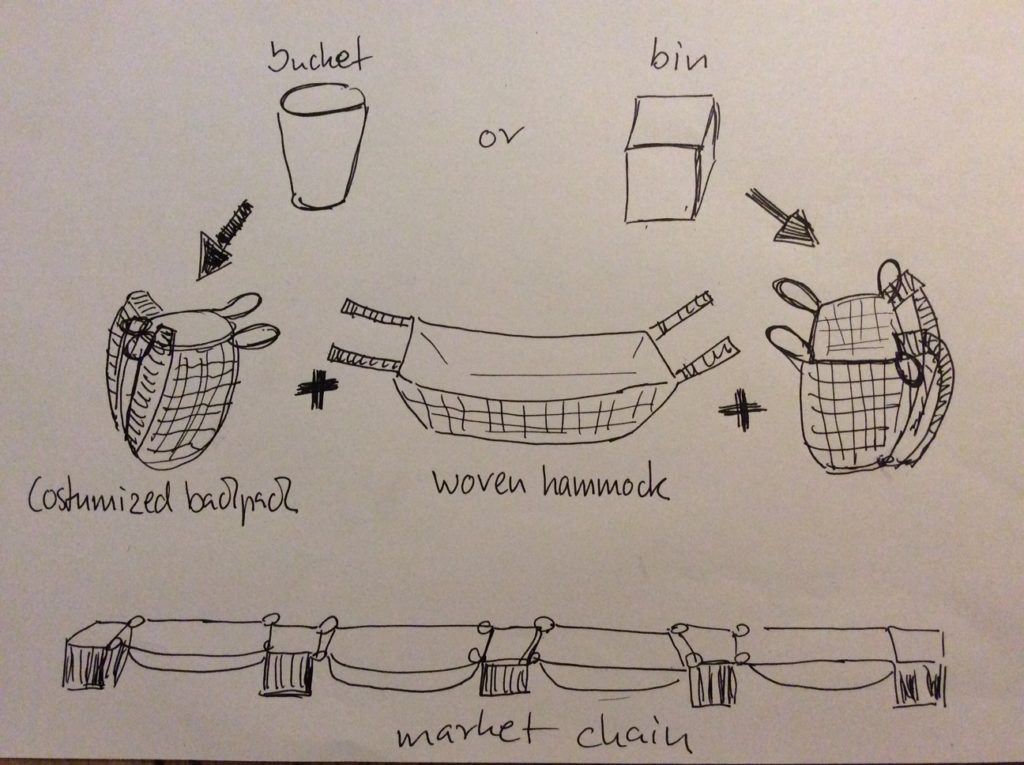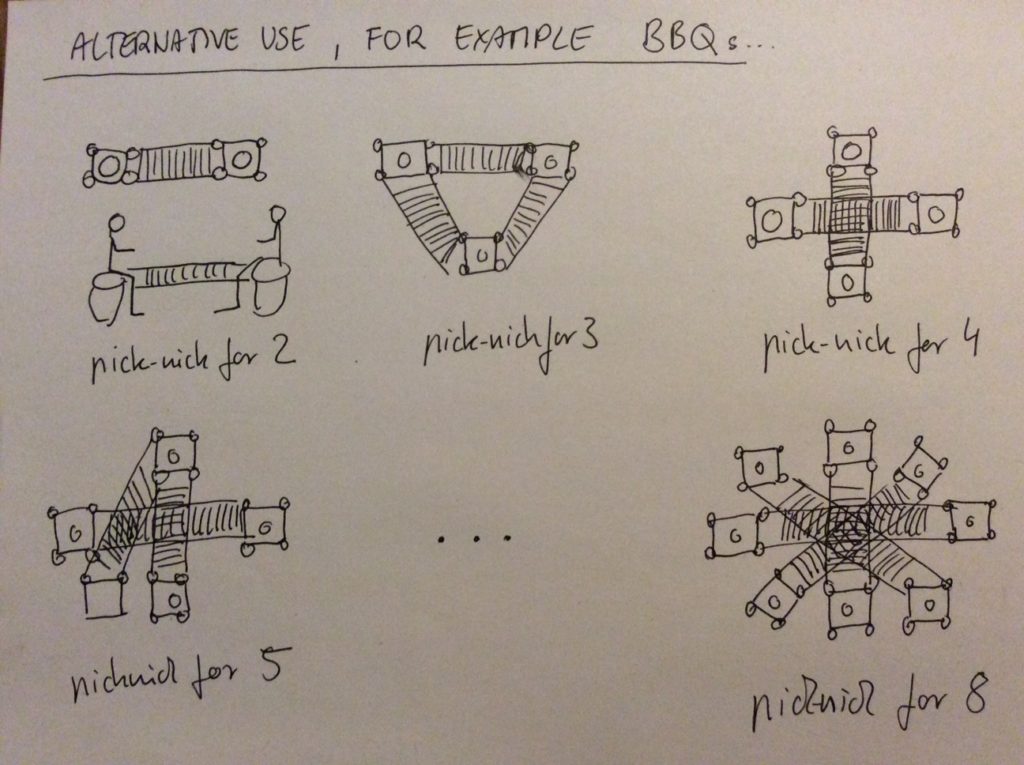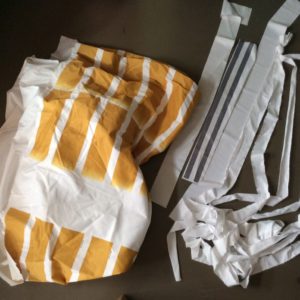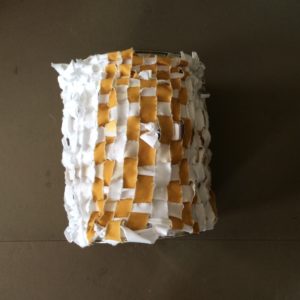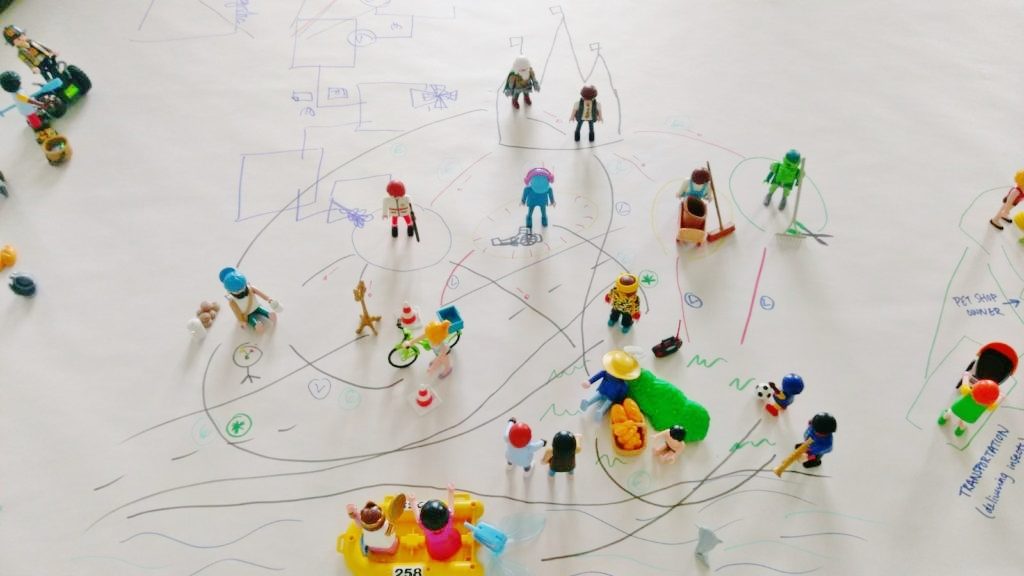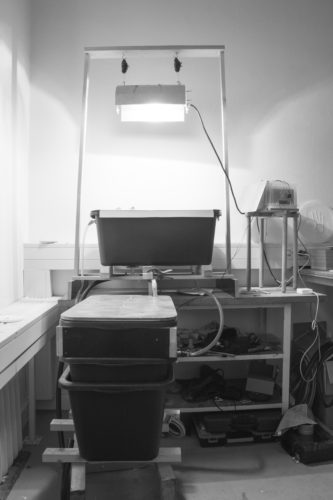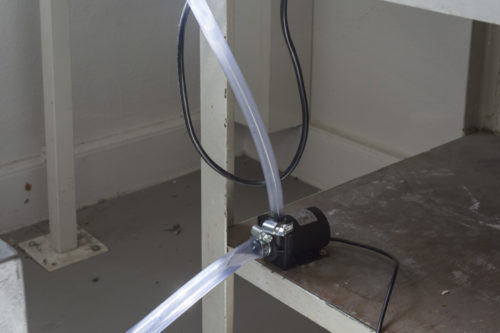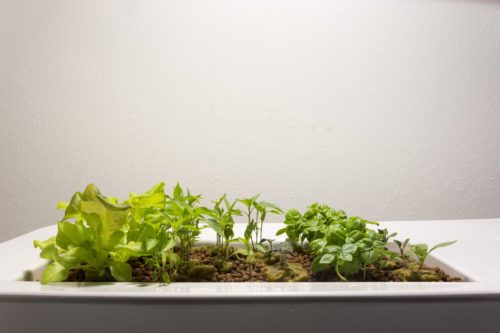RESEARCH & INSIGHT
Fridges are items that most people of the western hemisphere take for granted and wouldn´t want to miss in their daily lifes. Understandable since this invention is a big help when it comes to keep groceries fresh and durable. However most people of the world need to spare them due to electricity reasons, missing structures or simply because they are not affordable. In order to that, a lot of food gets wasted and thrown away before it has the chance to feed the hungry.
But there are exsisting methods to keep edibles stored fresh and cool that work completely independent and without electricity!
Earth Cellar
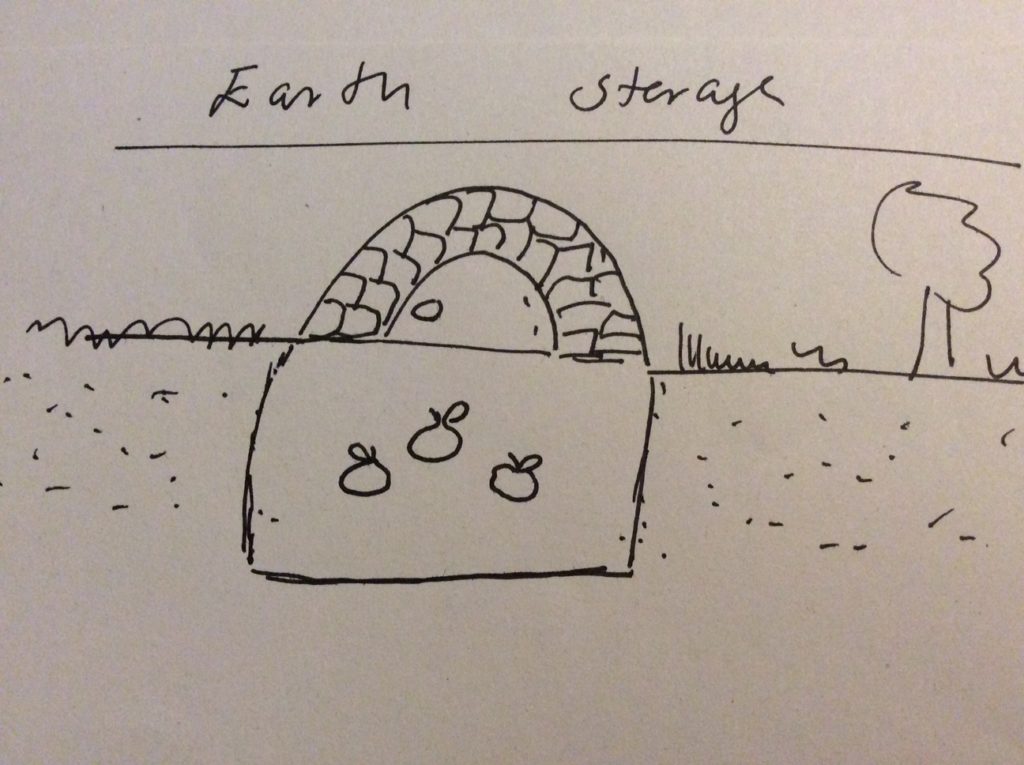
Wet fabric technique
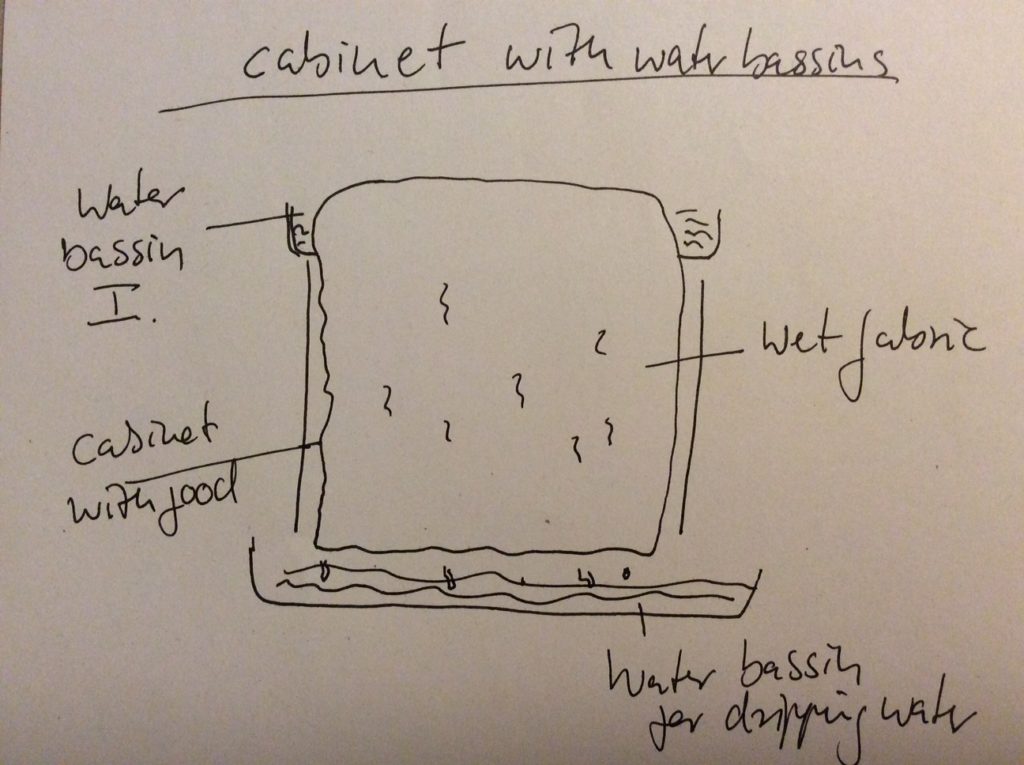
Flower Pot Cooling
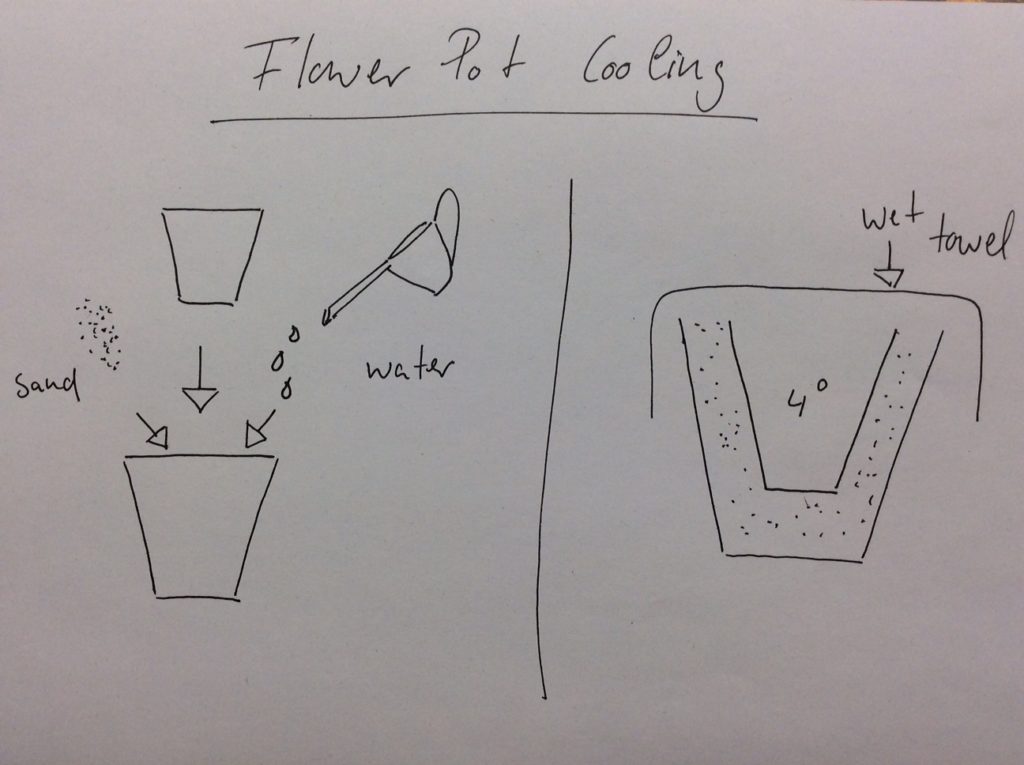
In the case of Kibera the first solution wouldn´t be possible. The earth in the ground is for wide parts contaminated and the soil too hard and dry for digging without the help of machines…also there is a serious lack of space…The second example involves a serious danger to attract the mosquito which is responible for spreading the dengue fever… so it´s the Flower Pot Cooling that deserves a closer examination…
An issue: DENGUE FEVER!!!
Since the Flower Pot cooling system is still operating with water, even if it´s not lentic and just causes more or less the same situation that comes with moist soil and watering plants, it can´t hurt to give it a second thought…
Luckely nature provides us with a lot of herbs and plants that are not so attractive amongst mosquitos.
Next to Lavender, Lemon Balm, Lemon Thym, Lemongrass, Catnip, Basil, Garlic, Rosemary and Marigoldit´s the indish Neem tree that is really helpful to keep all kinds of bugs in check. His scent is pleasant for humans and unbearable for most types of mosquitos. Why not minimizing the risks and planting these natural repellants next to the cooling system to make it as uncomfortable as possible for the dengue mosquito to get close ?
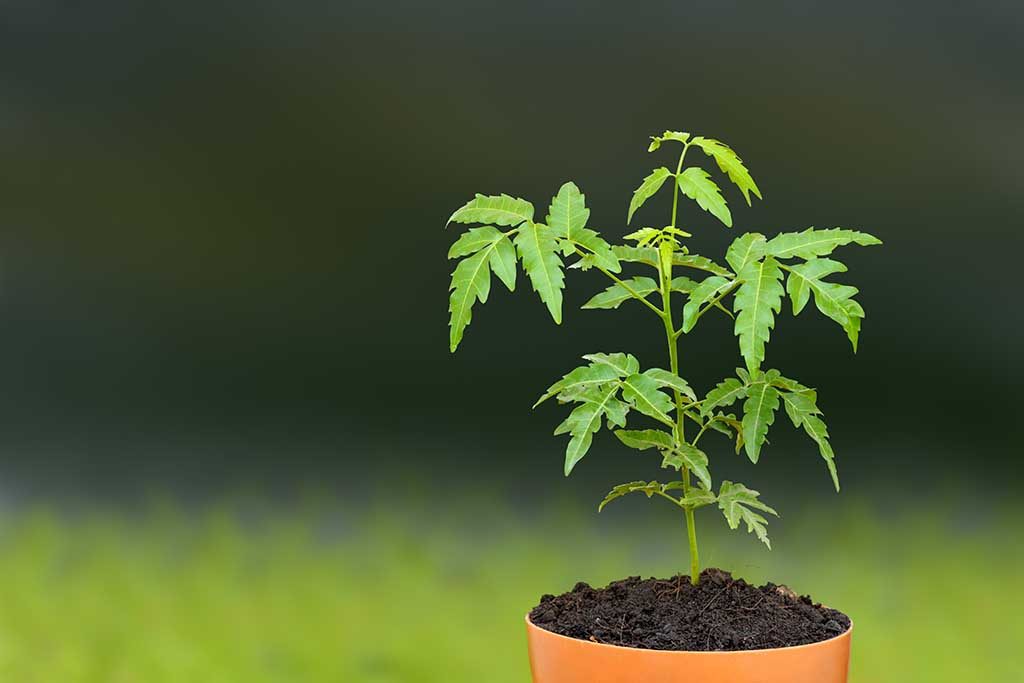
Cooltiles – a detour into a tempting Modular System that sadly proofed to be completely pointless for that matter…
easy and quick production:
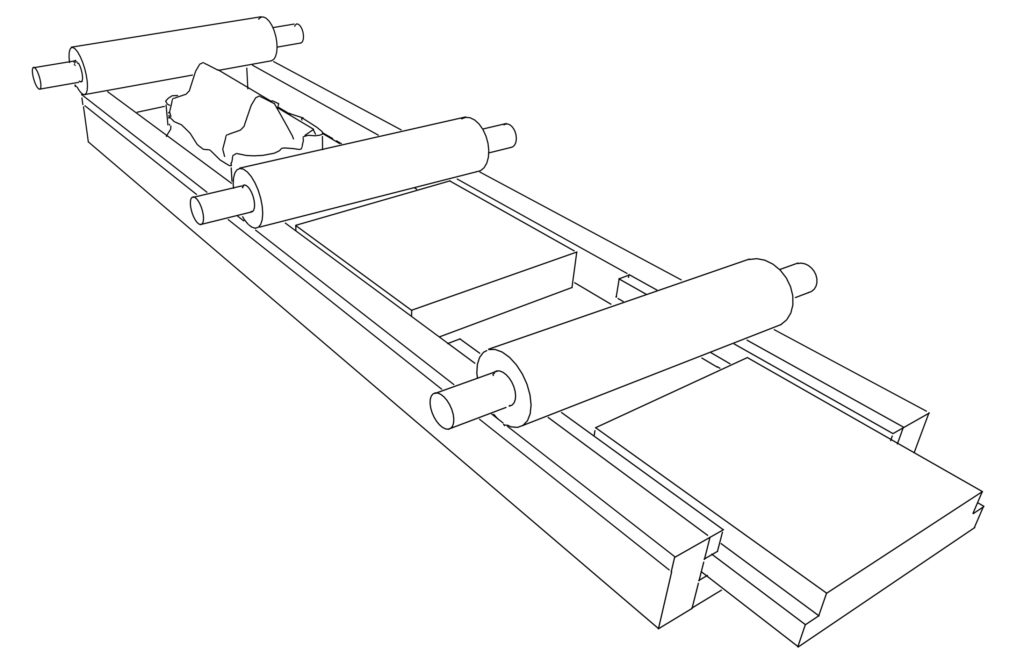
tiles that would allow modular sizes:
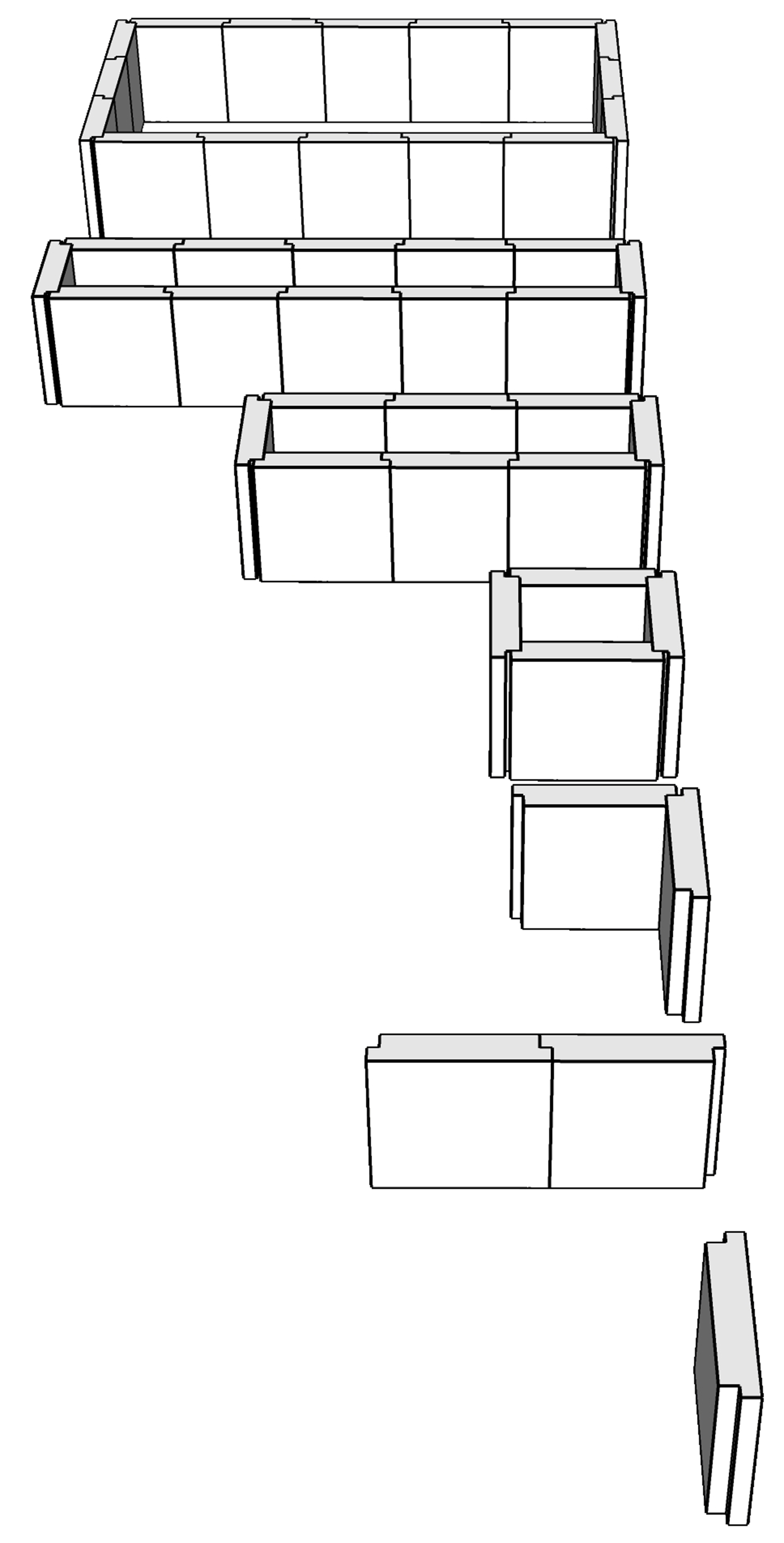
To make the cooling effect work, the natural fridge demands an concentric shape that is also limited in the size. The bigger the size , the thicker the walls of the vessel must be! To keep the temperature low, the distance between the center and the wall can´t be indefinitely wide! Plain physics…
The cracks between the tiles represent an attractive spot for bugs to hide and place their eggs. Not something what most people would want next to their food.






